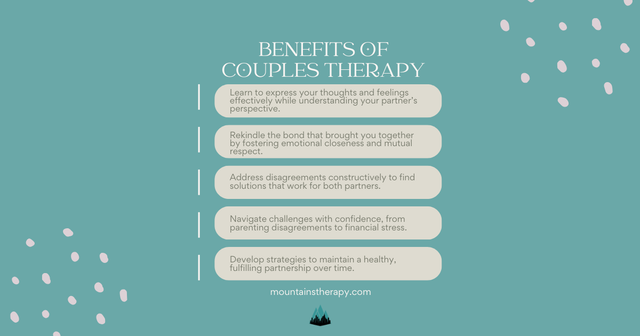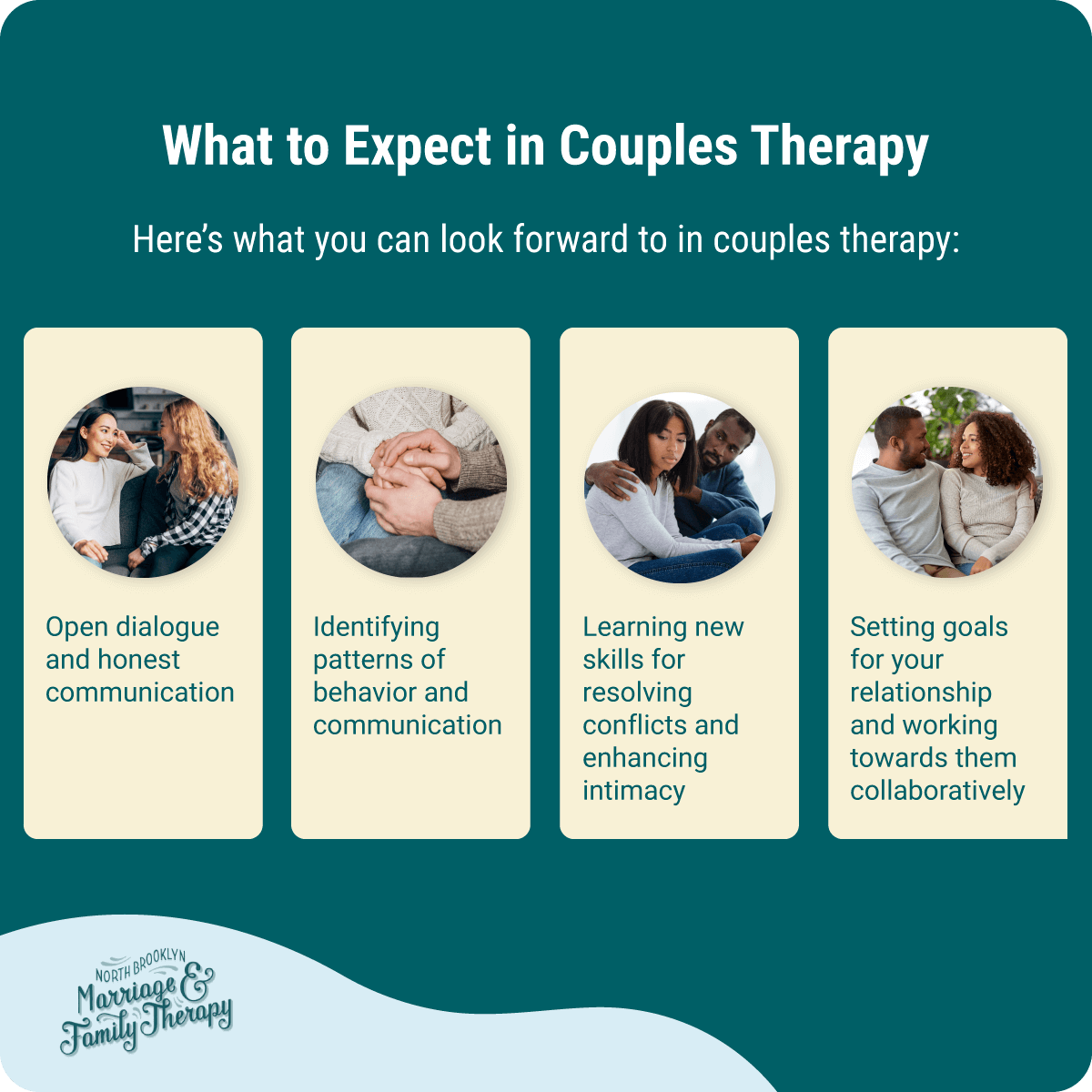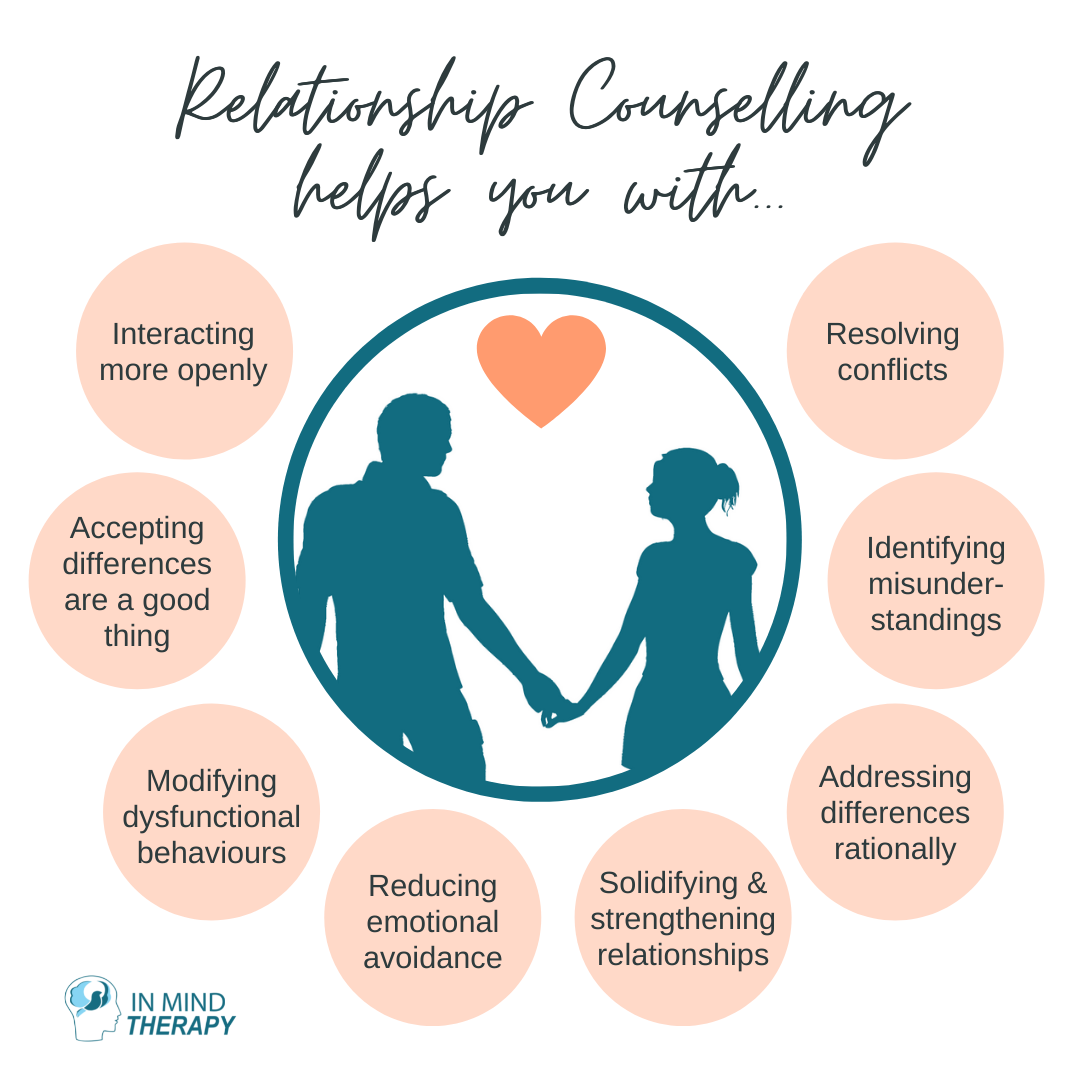The 6-Second Trick For Aim Point Counseling
Wiki Article
The Main Principles Of Aim Point Counseling
Table of Contents9 Simple Techniques For Aim Point CounselingWhat Does Aim Point Counseling Do?A Biased View of Aim Point CounselingAll about Aim Point CounselingThe 9-Second Trick For Aim Point CounselingAim Point Counseling - An Overview
The longitudinal layout entails a pre-treatment study and two follow-up studies at 3- and 12-months post-intervention. The study is established in 8 Relationships Australia Victoria centres, throughout urban, outer suburban areas, and regional/rural sites. Relationships Australia, a non-government organisation, is the biggest service provider of couple therapy and relationship services in Australia.
These high rates of relationship break down have been consistently associated with unfavorable wellness repercussions for both adults and children complying with divorce/separation.
Some Known Questions About Aim Point Counseling.
The effects of divorce and separation can be destructive, research shows that high relationship disharmony in undamaged couples is likewise most likely to have negative outcomes.Research study to day has actually identified both couple and private aspects that might add to relationship dissonance. These include partnership contentment and commitment at the couple degree, and depression at the specific degree.
The Aim Point Counseling Statements
Partnership complete satisfaction has been the most common end result variable determined in greater than 200 evaluations of couple counselling [11,12] Studies have actually discovered considerable improvements in connection satisfaction from pre- to post-treatment [13,14] and over the program of one to 2 years following therapy [15] In these studies, partnership contentment was most frequently evaluated making use of the Dyadic Change Range (DAS) [16] Consequently, while a lot of researches indicate renovations in partnership fulfillment adhering to couple counselling, they are restricted by the samples and procedures used, mostly temporary follow-up period, and evaluations that do not account for the dyadic nature of pair data. Partnership commitment, based upon measures such as the Commitment Stock (CI) [19], is one more commonly explored relationship outcome.To summarise, research study shows that couple-specific variables as well as individual factors might anticipate the outcomes of pair therapy and relationship services. The causal direction of these relationships, nonetheless, is much less clear. These monitorings are essential, given that, to validate and direct the application of relationship services such as pair coaching, empirical evidence must check out both the outcomes of partnership solutions and the elements that predict effective treatment.
, at the very least in some European countries.

We currently recognize little about the profiles of pairs that choose connection education compared to those that look for partnership counselling, or the outcomes of these programs. Anecdotal evidence recommends that there may be considerable distress amongst at least some pairs looking for connection education and learning. Partnership education programs vary from pair therapy as they are normally highly structured, carried out in groups, and concentrate on a mixture of four components; understanding, feedback, cognitive change, and abilities training [45]
Aim Point Counseling for Dummies
Feedback involves individuals finishing surveys about their partnership (e.g. actions of interpersonal problems), and obtaining details on what their scores show. Cognitive-behavioural techniques promote transforming cognitions to help with favorable partnerships. These may consist of promoting realistic attributions/expectations around unfavorable companion behavior [46] Finally, in abilities training, couples participate in talks or discussions on connection skills, and practice these throughout facilitator-led activities [ 45]These impacts have actually persisted for approximately 4 years in some research studies [47] However, these meta-analyses highlight restrictions in the existing literature on partnership education. Especially, most of studies entailed pairs from top socio-economic histories that were not experiencing high partnership dissonance [47,48] This sample profile may not represent clients that generally present for connection education.
Not known Factual Statements About Aim Point Counseling

Really little research study has taken a look at the relative benefits of couple coaching and connection education and learning programs. As clients are most likely to self-select right into these service kinds, it is unclear whether characteristic relationship distress accounts present per service kind, or undoubtedly whether there is a communication in between presenting account, service type and end result.
(https://pxhere.com/en/photographer/4546008)
Therefore, we have actually consisted of a 12-month follow-up to evaluate longer-term trends and effects. The research utilizes a number of standard result measures considering that some prior examinations have actually been criticised for their absence of standard evaluation [50] Finally, using analytical analyses that assume freedom of information, such as t-tests, or ANOVAs, has actually prevailed in previous research studies [ 44,49]
For that reason, we propose to make use of multi-level statistical modelling treatments that control for the inter-dependence of pair data to assess any type of therapy results. The particular purposes of the ECC research study are to: 1. Map profiles of clients looking for neighborhood agency-based couple therapy vs. relationship improvement programs in terms of socio-demographic and connection indications (such as connection satisfaction, partnership commitment, interpersonal issues, and factors for going to), in addition to wellness (such as depression, general wellness) and health service usage (eg.
2. Figure out whether pair counselling and relationship education solutions enhance three- and twelve-month end results for partnership fulfillment, commitment, and anxiety, utilizing analytical evaluations proper to pair data. 3. Figure out the loved one payments of client elements (private and couple) and therapy/education variables to outcomes at 3- and 12-months, and to sustainability of my response end results over time.
Some Ideas on Aim Point Counseling You Should Know
Multi-level modelling to establish pre-post distinctions, managing for dyadic (couple) degree. To add to the literature assessing the performance of community-based pair counselling. The outcomes will certainly help clinical decision-making in community-based partnership solution settings, and expert training. 3. To identify the family member contributions of client/couple and therapy variables to results at 3- and 12-months, and to sustainability of results with time.Report this wiki page